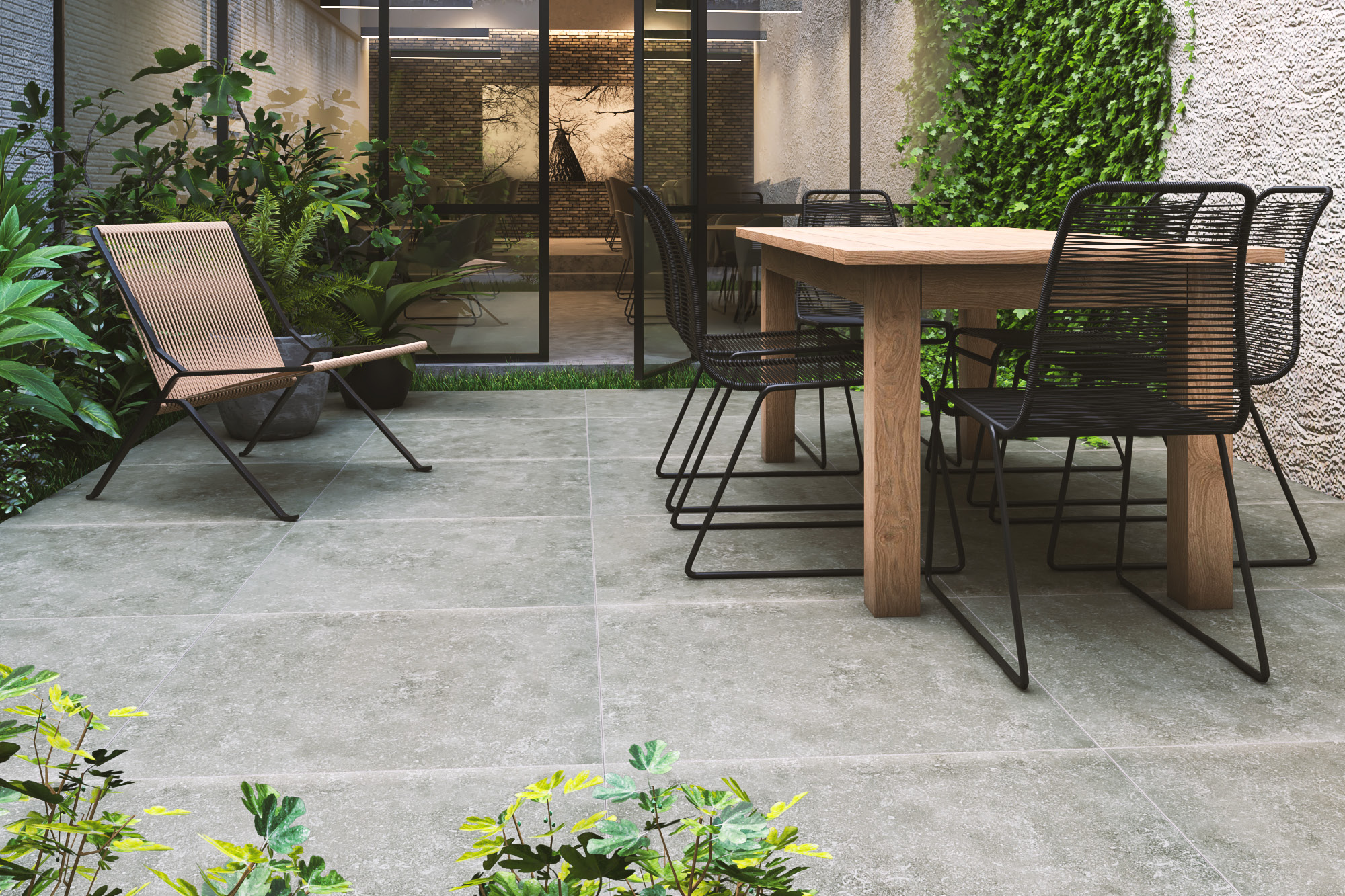Heat waves will nog longer be a rarity, so we'd better get prepared. Also when it comes to fitting your floor, which is ideally done in temperatures between 5 and 25 degrees. Not only the air temperature plays a role. You also have to take into account the temperature of the substrate, the screed and the materials themselves. Outside these temperatures, proper functioning of the products is no longer guaranteed, so make sure you check this first.
Read the tips below and prepare for this summer job.









